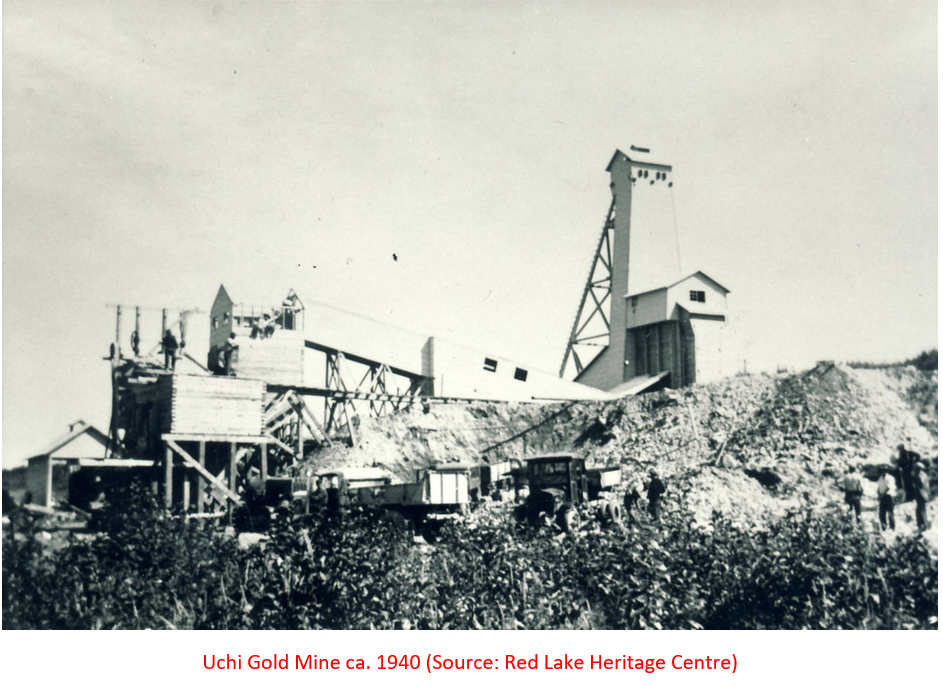At a recent Association for Mineral Exploration panel on diversity and inclusion, the guests shared some horror stories—and agreed that things are changing for the better
Moderator Kendra Johnston didn’t mince words when she kicked off a recent panel discussion.
Johnston, president and CEO of the Association for Mineral Exploration, explained that she looked for midcareer geologists and mining engineers from a variety of ethnic backgrounds to join A Conversation on Diversity and Inclusion in Mineral Exploration, part of last week’s AME Remote Roundup conference.
“It felt a little bit odd to be out there searching for a Black geologist,” she admitted to panellist John Antwi, who is from Ghana. Finding one in North America was no easy task, Johnston added, noting that Antwi is actually a mining engineer.
“What are your comments on that, knowing that you are here because you have a really important value-add to the conversation, but you’re also here because you’re Black?”
























